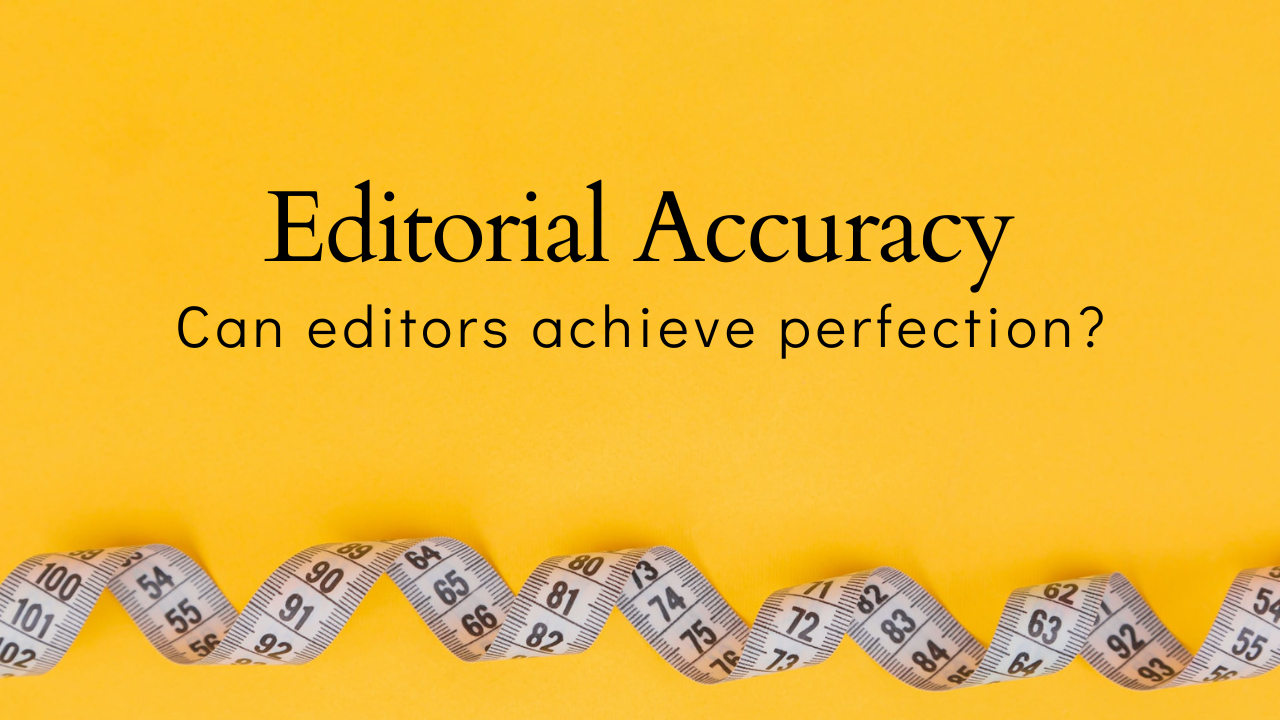Editorial Accuracy

The best editors catch about 95% of the errors and issues in a document. Passing the (extremely difficult) Editors Canada certification tests usually means catching about 80% of the issues in the test documents. (The test grading isn't set to a specific number and varies with each test.) That is, the best editors in the country are those who missed only 20% of the problems in a document.
Good editorial processes take that into account and allow for various stages of editing — you edit the content then the language then the spelling and grammar, then have a proofreader check it all — so that each editor is checking the work of those who come before. Ideally, each step is performed by a different person, because we're more likely to catch other people's errors than our own.
Clients complaining about previous editors is a huge red flag. I deal with it by having the client show me the editor's work and what was wrong with it. In every case, the editor's work was fine and the client wanted to insert errors into the document.
I used to have a copy of the Collegiate Dictionary at the office, with about a half-dozen Post-It notes in it, flagging editing errors in the dictionary. I would promise clients that we'd try to be as accurate as the dictionary editors. And I promise clients that their publications will have errors in them, because all publications all do.
We have one of the strongest editing teams on the continent. We're proud of the excellence of our work. But we're only human and don't pretend to be perfect.
If a client expects perfection, the conversation ends.
—Greg Ioannou
